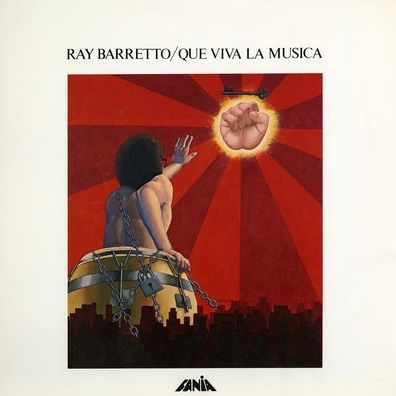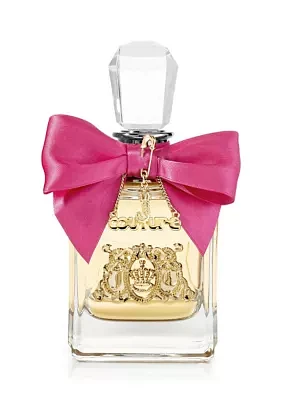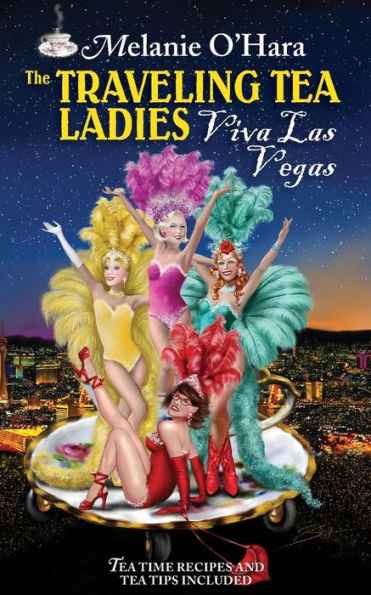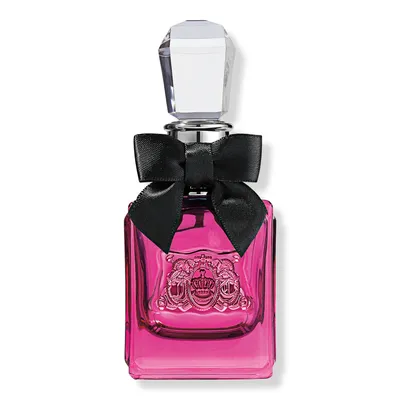Home
Viva La Liberta!: Politics in Opera
Barnes and Noble
Viva La Liberta!: Politics in Opera
Current price: $39.95


Barnes and Noble
Viva La Liberta!: Politics in Opera
Current price: $39.95
Size: OS
Loading Inventory...
*Product information may vary - to confirm product availability, pricing, shipping and return information please contact Barnes and Noble
In this ambitious and wide-ranging book, Anthony Arblaster shows that attempts by many music critics to disregard or disparage opera’s politics are at best delusory, at worst a political ploy. Writing with passionate enthusiasm, both for opera and for th ideals of freedom it has so often represented, he uncovers the political dimensions of a vast range of works, from
The Marriage of Figaro
to
Nixon in China
. Beginning with an investigation of opera in revolutionary France, Anthony Arblaster goes on to analyse Mozart’s enigmatic politics, and to explore the work of Rossini, Bellini, Donizetti and, above all, Verdi, in the context of the
Risorgimento
. Further chapters examine Wagner’s early radicalism and notorious anti-semitism, nationalism in Russian, Czech and English opera, and the weaknesses of Puccini and Strauss. He also discusses the place of women in opera, and concludes with a fascinating survey of the treatment of everyday life in opera and musicals, from Dallapiccola to Sondheim.
The Marriage of Figaro
to
Nixon in China
. Beginning with an investigation of opera in revolutionary France, Anthony Arblaster goes on to analyse Mozart’s enigmatic politics, and to explore the work of Rossini, Bellini, Donizetti and, above all, Verdi, in the context of the
Risorgimento
. Further chapters examine Wagner’s early radicalism and notorious anti-semitism, nationalism in Russian, Czech and English opera, and the weaknesses of Puccini and Strauss. He also discusses the place of women in opera, and concludes with a fascinating survey of the treatment of everyday life in opera and musicals, from Dallapiccola to Sondheim.

















